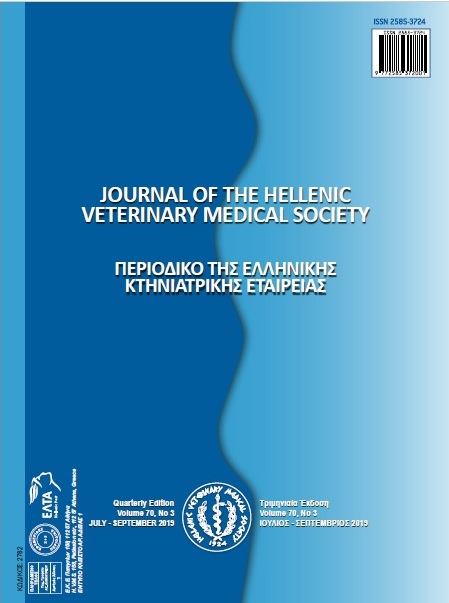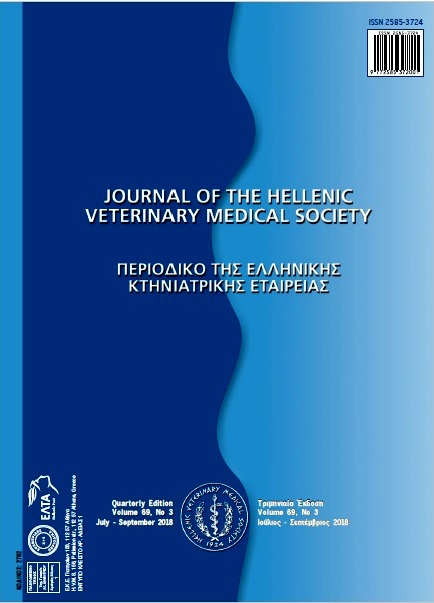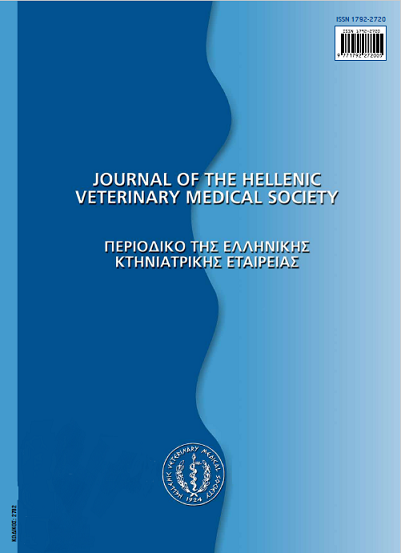The laboratory diagnostic approach to thoracic and abdominal effusions in the dog, cat, and horse
Résumé
Cases involving pleural and peritoneal effusions occur relatively frequently in clinical practice. Determining the underlying etiology in these cases relies mainly on fluid analysis. The technique used for obtaining the pleural or peritoneal fluid can impact greatly the results of the analysis. Most often used diagnostic tools include evaluation of gross appearance, Total Nucleated Cell Count / Total Protein (TNCC/TP) measurement, chemical/biochemical analysis (Lactate dehydrogenase and lactate, cholesterol, triglycerides, glucose, creatinine, pH, pO2, pCO2, and K measurements), cytology (identification of septic and non-septic inflammation and neoplasia), microbiology (Gram stain, culture, molecular techniques), and specific tests for certain clinical conditions and diseases. Classifying an effusion as transudate, modified transudate and exudate is traditionally based on the TNCC and TP values. New diagnostic methods encourage the clinician to approach the effusion etiologically instead of strictly following this traditional classification. Many of the diagnostic tests described in this review are simple and can be performed in-house, providing the clinician quickly with information about the cause of the effusion, essential for an effective treatment plan without wasting valuable time.
Article Details
- Comment citer
-
ATHANASIOU, L. V., SPYROPOULOU, M., & MEICHNER, K. (2019). The laboratory diagnostic approach to thoracic and abdominal effusions in the dog, cat, and horse. Journal of the Hellenic Veterinary Medical Society, 70(3), 1589–1602. https://doi.org/10.12681/jhvms.21781
- Numéro
- Vol. 70 No 3 (2019)
- Rubrique
- Review Articles

Ce travail est disponible sous licence Creative Commons Attribution - Pas d’Utilisation Commerciale 4.0 International.
Authors who publish with this journal agree to the following terms:
· Authors retain copyright and grant the journal right of first publication with the work simultaneously licensed under a Creative Commons Attribution Non-Commercial License that allows others to share the work with an acknowledgement of the work's authorship and initial publication in this journal.
· Authors are able to enter into separate, additional contractual arrangements for the non-exclusive distribution of the journal's published version of the work (e.g. post it to an institutional repository or publish it in a book), with an acknowledgement of its initial publication in this journal.
· Authors are permitted and encouraged to post their work online (preferably in institutional repositories or on their website) prior to and during the submission process, as it can lead to productive exchanges, as well as earlier and greater citation of published work.






